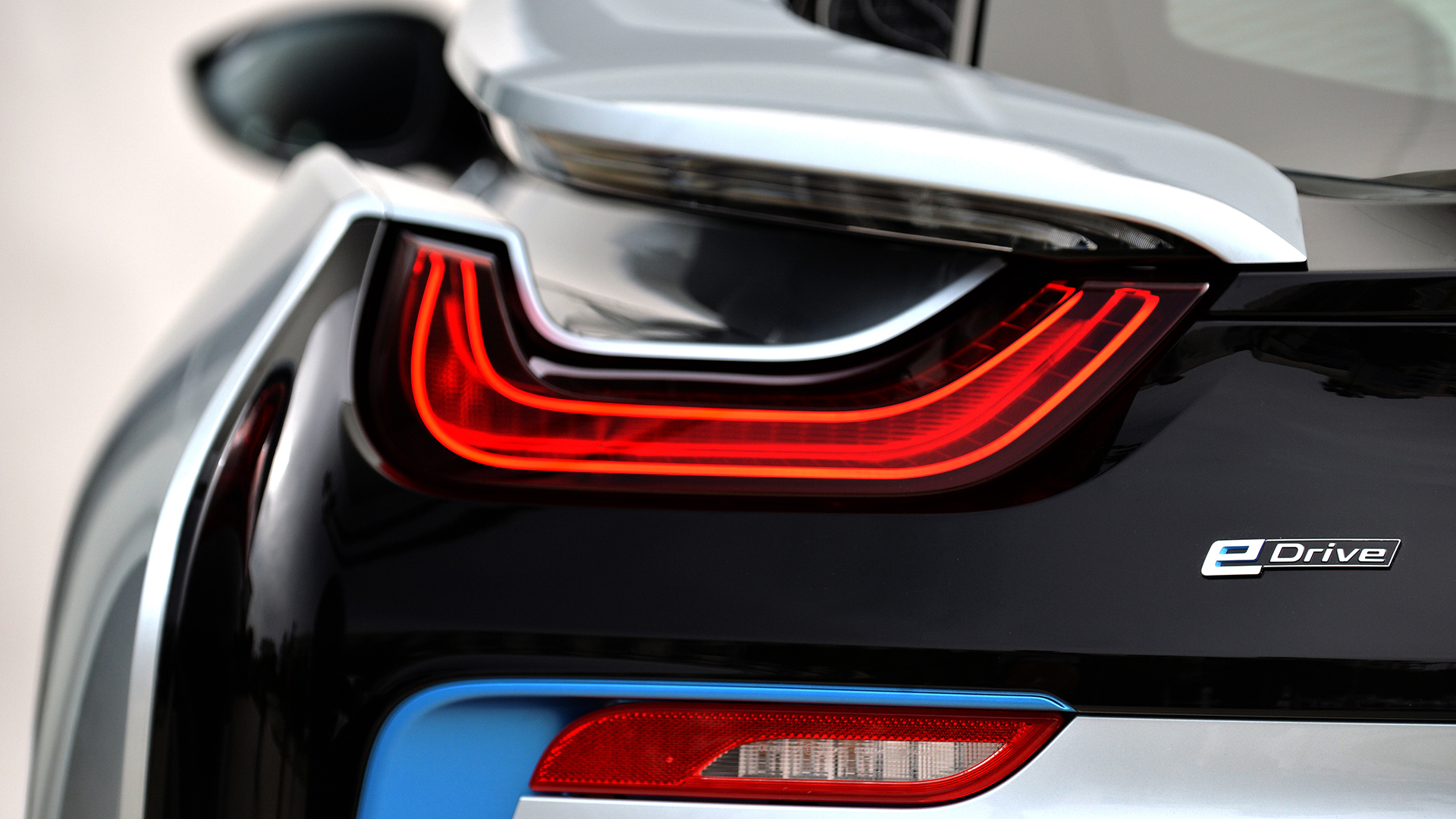

With the news that BMW’s beleaguered “i” division will be shifting from electric vehicles to self-driving ones, the BMW i8 sports car came up for an ad hoc re-review in The Drive offices. The critics—and there were more than a few—were not kind.
“It’s a car for assholes,” one editor claimed. “It’s for some low-level studio exec who lives in Beverly Hills and got sick of his Ferrari California because everyone else has one.”
“I think the guy who buys an i8 has his whole house done by Brookstone and Hammacher Schlemmer,” another mused.
The i8, like its fun little city car sibling, the i3, has failed to set the world on fire since its launch. But should that fact be chiseled on the car’s tombstone (which is surely being prepared as you read this) as the sole verdict on the vehicle? Consider that the i8 was originally introduced way back in 2009 as the Vision Efficient Dynamics concept—same idea: a plug-in hybrid with a three-cylinder turbo engine (diesel, not gas, in the concept)—then as a badged i8 concept in 2011, with a Hollywood-ified version making a cameo in Mission Impossible: Ghost Protocol that same year. Then, another concept, followed by another prototype (the Concept Spyder, in 2012, and the Coupe Prototype, in 2013) before the production car was delivered to European customers in mid-2014, and US customers seeing them later that year.

In other words, like Acura did with the NSX, BMW clearly dicked the car by announcing a technologically advanced, philosophically interesting vehicle, then endlessly replaying the same narrative for years as competitors caught up, or even blew past them to market. You know what else happened in late 2014? The Tesla Model S P85D was announced. A daily-drivable, fully-electric luxury sedan with markedly faster acceleration and even more tech-y early adopter cred—for more than forty grand off the $148,250 BMW’s price. The i8 was toast.
But that doesn’t make it a bad car. It’s still stunning, a kind of architectural-origami-as-exotic-car, like the Tel Aviv Museum of Art on four wheels. (In my experience, on the street, it turns more heads than the Ferrari F12 Berlinetta and the McLaren 570GT combined.) That little tackle box-sized engine has an outsized, rambunctious personality, and makes all the right noises (even if some of them are fake); the car has a stiff, expensive carbon-fiber-reinforced plastic passenger cell; and the pull is fierce and linear. It’s legitimately fun to drive.

But that doesn’t solve all the other stuff. So, how will the world remember the i8? A failed, too-little-too-late compromise from a wayward BMW trying desperately for relevance? Or a rare and weird, but very well-executed experiment that suffered from poor timing and a mismanaged roll-out?